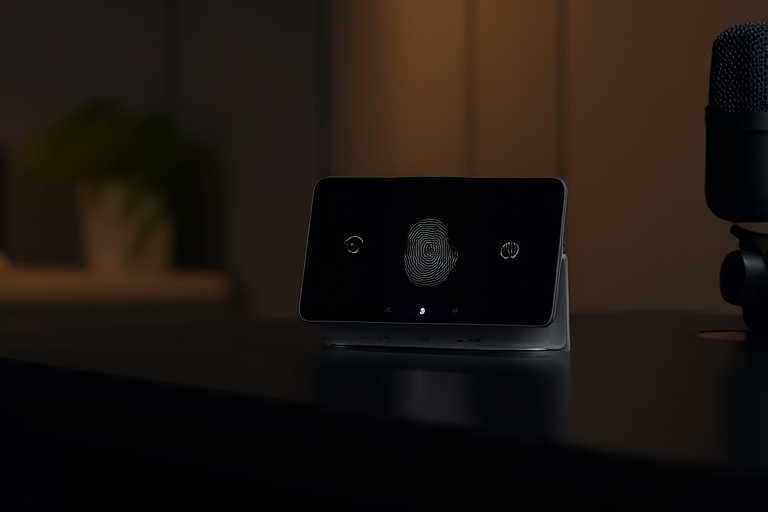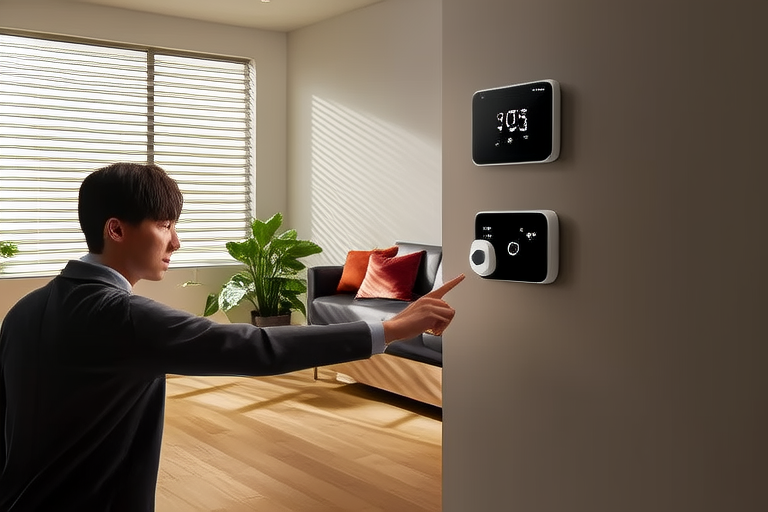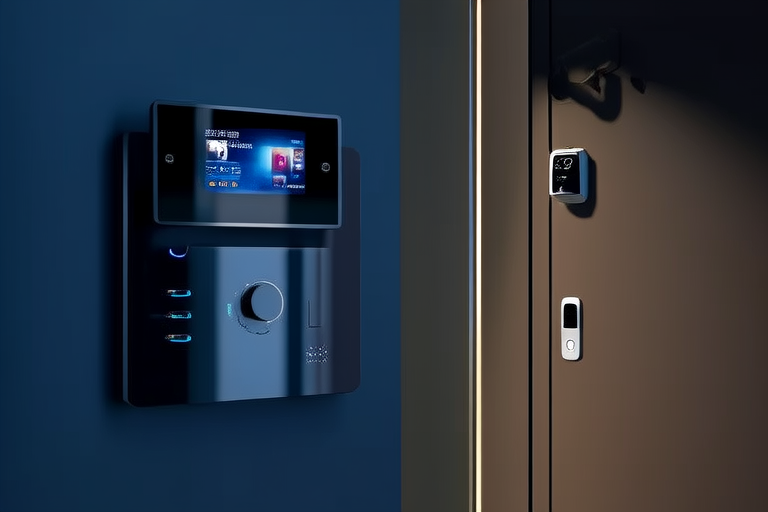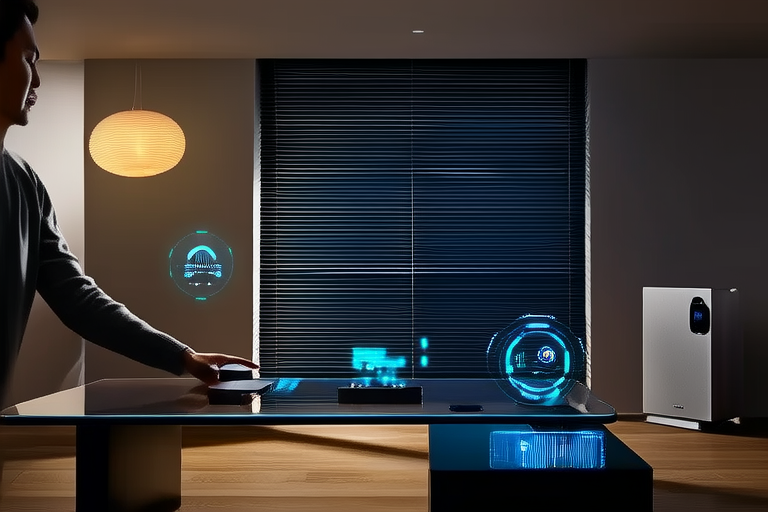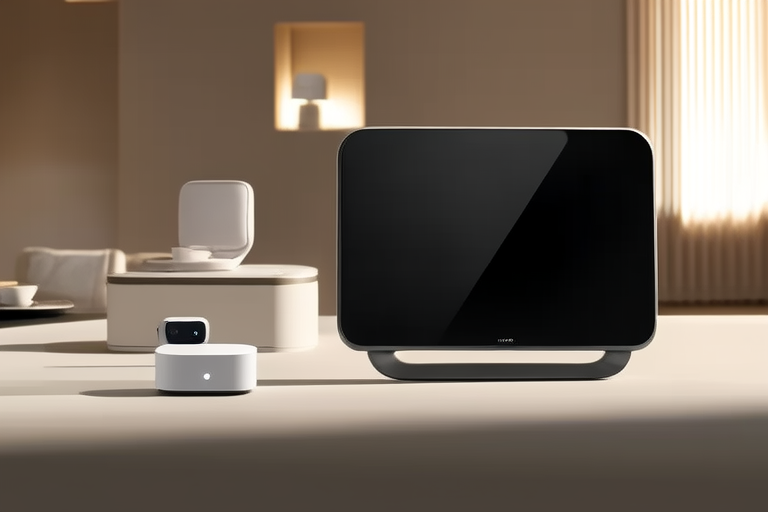A Deep Dive into the Security Features of Modern Smart Homes
Introduction
The concept of smart homes has gained significant traction in recent years, offering homeowners enhanced convenience, comfort, and control over their living spaces. From automated lighting and temperature control to voice-activated assistants and security systems, smart homes integrate various technologies to create a more efficient and connected environment. However, with the rise of interconnected devices comes the need for robust security measures to protect these systems from potential threats.
In this article, we will explore the key security features that modern smart homes offer, ensuring that homeowners can enjoy the benefits of technology while maintaining peace of mind. We’ll delve into biometric authentication, smart locks, video doorbells, comprehensive home security systems, smart surveillance cameras, motion sensors, AI-powered security, and cybersecurity measures. Additionally, we’ll discuss the importance of integration and interoperability, as well as user privacy and data protection.
Key Security Features
1. Biometric Authentication
Biometric authentication, such as fingerprint scanners and facial recognition, adds an extra layer of security to smart homes. These methods are highly accurate and reliable, reducing the risk of unauthorized access. Fingerprint scanners, for example, analyze unique patterns in fingerprints to grant entry, while facial recognition uses advanced algorithms to identify individuals based on facial features.
Beyond their security benefits, biometric authentication offers unparalleled convenience. Homeowners no longer need to carry keys or remember complex passwords; simply presenting their fingerprint or face at the door provides quick and easy access. However, it’s important to ensure that these systems are regularly updated and securely managed to prevent potential vulnerabilities.
2. Smart Locks
Smart locks are one of the most popular security devices in modern smart homes. They allow homeowners to lock and unlock their doors remotely via a smartphone app, making it easier to manage access for family members, guests, or service providers. Many smart locks also integrate with other smart home devices, such as voice assistants, allowing users to control them with voice commands.
Additionally, some smart locks come equipped with additional features like keyless entry codes, temporary access permissions, and real-time notifications when the lock is engaged or disengaged. This level of integration and convenience makes smart locks an essential component of any modern smart home security system.
3. Video Doorbells
Video doorbells have become increasingly popular for their ability to enhance security while providing convenience. These devices feature two-way communication, allowing homeowners to see and speak with visitors remotely. Motion detection capabilities trigger alerts when movement is detected, ensuring that homeowners are notified even if they’re not at home.
Privacy concerns are a valid consideration when using video doorbells. To address these issues, many manufacturers offer features like customizable motion zones and privacy modes that disable recording in specific areas. It’s crucial for homeowners to understand and utilize these settings to protect their privacy while still enjoying the benefits of enhanced security.
4. Home Security Systems
A comprehensive home security system typically includes a combination of sensors, cameras, and alarms designed to provide round-the-clock protection. Door and window sensors detect any unauthorized entry, while motion detectors alert homeowners to unexpected movements within the home. Cameras offer visual verification, allowing users to check on their property at any time.
These systems often work together seamlessly, creating a network of interconnected devices that communicate with each other to provide a holistic approach to security. For instance, if a door sensor detects an open door, it can trigger an alarm and send a notification to the homeowner’s smartphone. The integration of these components ensures that homeowners are alerted to potential threats promptly and effectively.
5. Smart Surveillance Cameras
Smart surveillance cameras are another vital tool in the modern smart home arsenal. Equipped with features like night vision, cloud storage, and mobile app integration, these cameras provide continuous monitoring and recording of activities within the home. Night vision allows homeowners to see clearly in low-light conditions, while cloud storage ensures that recorded footage is safely stored offsite, reducing the risk of local device failures.
Despite their numerous advantages, smart surveillance cameras can pose potential vulnerabilities. To mitigate these risks, it’s essential to follow best practices such as updating firmware regularly, enabling encryption for video streams, and restricting access to the camera’s settings. By taking these precautions, homeowners can enjoy the benefits of smart surveillance without compromising security.
6. Motion Sensors and Intrusion Detection
Motion sensors play a critical role in detecting and responding to potential intrusions. These devices can be placed around the perimeter of a home or inside rooms to monitor for unusual activity. When motion is detected, sensors can trigger alarms, notify homeowners via mobile apps, or activate lights to deter intruders.
False positives—instances where motion is detected but no actual threat exists—are a common challenge with motion sensors. To minimize these occurrences, homeowners should carefully position sensors and adjust sensitivity levels according to their specific needs. Additionally, integrating motion sensors with other security devices, such as cameras and alarms, can help verify whether an alert is genuine before taking action.
7. Voice Assistants and AI-Powered Security
Voice assistants, such as Amazon Alexa and Google Assistant, have become integral to many smart homes. Beyond controlling lights and thermostats, these assistants can also enhance security by integrating with smart locks, cameras, and alarms. For example, homeowners can ask their voice assistant to lock the front door or check the status of surveillance cameras, streamlining the security process.
AI-powered security systems take this integration further by analyzing data from multiple sources to identify patterns and potential threats. While these advancements offer significant benefits, they also introduce potential risks, such as data breaches or misuse of personal information. To mitigate these risks, homeowners should choose reputable brands, enable strong encryption, and regularly update software to patch known vulnerabilities.
8. Cybersecurity Measures
Cyber threats pose a significant risk to smart home devices, which are increasingly becoming targets for hackers. Common threats include unauthorized access, malware infections, and data breaches. To protect against these threats, homeowners should adopt several cybersecurity best practices.
- Strong Passwords: Use complex, unique passwords for each device and account.
- Two-Factor Authentication (2FA): Enable 2FA wherever possible to add an extra layer of security.
- Regular Updates: Keep all devices and software up to date to patch known vulnerabilities.
- Secure Networks: Use WPA3 encryption for Wi-Fi networks and avoid public networks for sensitive operations.
- Firewalls and Antivirus: Install firewalls and antivirus software to protect against malicious attacks.
By implementing these measures, homeowners can significantly reduce the risk of cyberattacks and ensure the safety of their smart home systems.
Integration and Interoperability
The seamless integration of different smart home security devices is crucial for maximizing their effectiveness. Many devices can communicate with each other through standard protocols like Z-Wave, Zigbee, and Wi-Fi, allowing for coordinated responses to security threats. For example, a motion sensor can trigger a smart lock to engage automatically, or a video doorbell can send a live feed to a connected smart speaker.
The importance of interoperability standards cannot be overstated. By adhering to these standards, manufacturers ensure that their products can work together seamlessly, regardless of brand. This interoperability not only enhances the overall security of the home but also simplifies setup and management for homeowners.
User Privacy and Data Protection
User privacy is a significant concern in the realm of smart home technologies. With so many devices collecting and transmitting data, it’s essential to understand how this information is handled and protected. Homeowners should look for devices and services that prioritize privacy and data protection, such as end-to-end encryption, transparent privacy policies, and clear options for opting out of data sharing.
To maintain privacy while using smart home technologies, homeowners should regularly review device settings, limit the amount of personal data shared, and be cautious about third-party integrations. By taking these steps, homeowners can enjoy the convenience of smart homes while safeguarding their privacy.
Conclusion
In conclusion, modern smart homes offer a wide array of security features designed to protect homeowners and their properties. From biometric authentication and smart locks to video doorbells, comprehensive home security systems, smart surveillance cameras, and motion sensors, these technologies provide robust protection against potential threats. Additionally, the integration of voice assistants and AI-powered security, along with strong cybersecurity measures, further enhances the security of smart homes.
As technology continues to evolve, it’s crucial for homeowners to stay informed about new security features and best practices. By doing so, they can ensure that their smart homes remain safe, secure, and enjoyable places to live.
